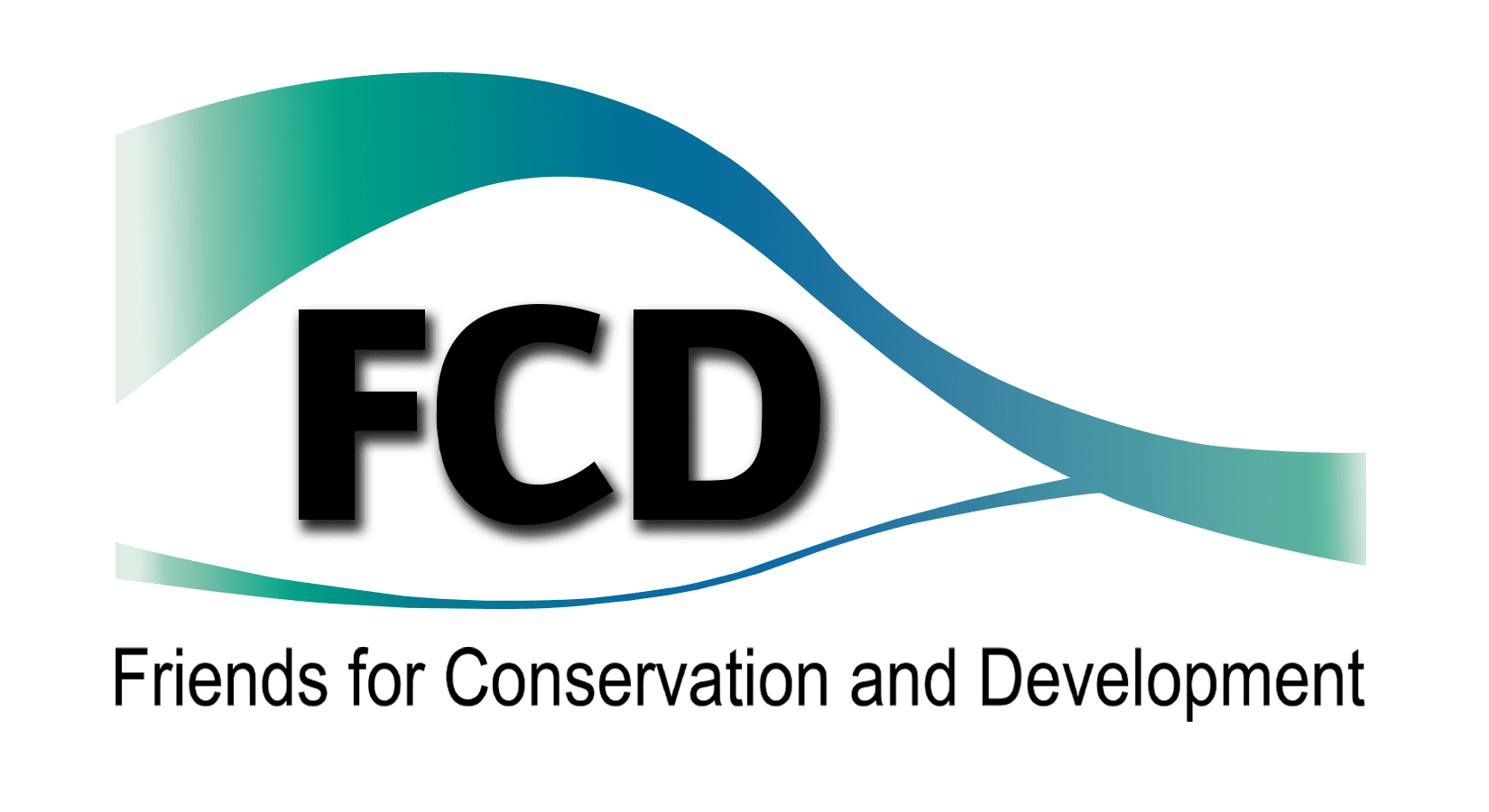INTRODUCTION
Unsustainable hunting of terrestrial vertebrates, is a widespread phenomenon in tropical forests (Peres 2000). This most widespread form of non-timber forest product resource extraction (Peres, 2001) can be detrimental to target populations (Mittermeier, 1987). Mittermeier (1987) even suggests that hunting can be more detrimental than habitat destruction, as it may lead from local to regional population extinctions. Thiollay (1986) and Peres (1990), indicate that even small-scale subsistence hunting can result in marked population declines in large-bodied birds and mammals; altering trophic levels, eventually affecting forest dynamics, given that many large terrestrial vertebrates play an important role in seed dispersal, predation (Peres & van Roosmalen, 1996) and herbivory (Dirzo & Miranda, 1991). These factors impact tree species distribution and forest structure modification.
Unlike other anthropogenic disturbance such as deforestation, fragmentation and degradation; over hunted areas are impossible to be detected and mapped using conventional remotesensing technology, thus its quantification remains a challenge since the presence of large trees and forest canopy does not guarantee the presence of native fauna (Redford, 1992). It is only possible to speculate on an observable decrease in densities (or relative abundance) of largebodied terrestrial vertebrates (Peres 2001). The effects of many anthropogenic disturbances operate synergistically, for example in the Chiquibul Forest hunting is an opportunistic activity conducted by individuals involved in illegal logging and Xaté extraction. These activities alone may contribute significantly to a reduction in large-bodied terrestrial vertebrate densities due to habitat disturbance.
The objectives of this study were to i) determine the diversity of terrestrial games species, ii) calculate the relative abundance by species for each game species recorded, and iii) compare the diversity and abundance of game species with the 2012 and 2013 surveys.
